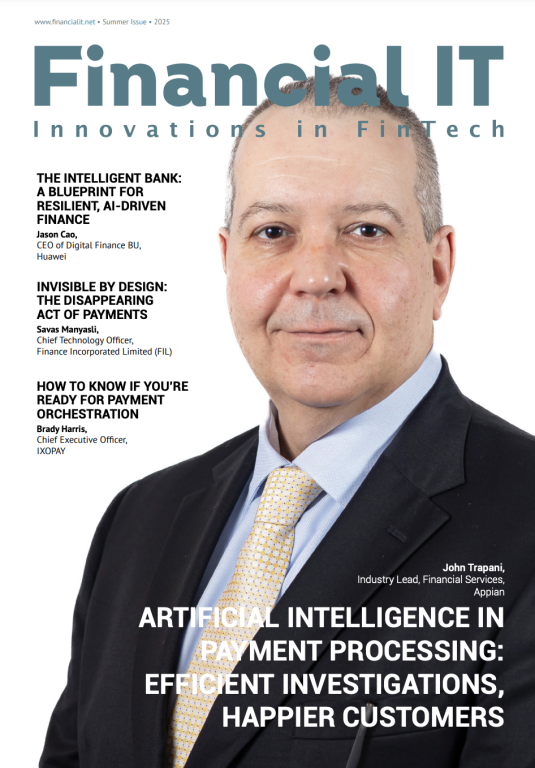The Race for Retail Central Bank Digital Currencies (CBDCs)

- Matthieu Saint Olive, Strategic Global CBDC Advisor at ConsenSys
- 11.09.2020 05:00 pm CBDCs , At ConsenSys, Matthieu focuses on business development and emerging markets, in particular CBDC and payments. As part of his role, Matthieu has also led consulting projects with corporates, governments and startups.
Covid-19 had led to a huge increase in national debt of many countries. In their recent research, Mises Institute pointed to a “terminal debt spiral,” which for many, has boosted conversations and action around Central Bank Digital Currencies (CBDCs).
What could central banks do in response to this crisis?
The core mandate of central banks is to ensure monetary and financial stability. The arrival of blockchain and stablecoin technologies have led these institutions to assess the potential risks the transformation of the payment industry poses. Among the solutions proposed is for central banks to provide an alternative to private digital means of payment, with a digital form of cash called a Central Bank Digital Currency (CBDC). The emergence of a new form of central bank money represents a monumental and near unprecedented development.
The Key Principles of Retail CBDCs
While there are a lot of design possibilities for a retail CBDC, most central banks around the world agree on the following key principles: A CBDC would be a new form of money, issued and controlled by the central bank. The supply is determined by monetary policy and controlled by the central bank. CBDCs offer huge potential to central banks, in theory, they should offer unparalleled levels of transparency and the possibility to see exactly who held every unit of a CBDC at any moment.
A CBDC must be accepted as a means of payment, legal tender, and a safe store of value by all citizens, enterprises, and government agencies. It is distributed at one-to-one parity with relevant fiat by the central bank, and should be seamlessly and freely convertible against commercial bank money and cash.
The currency should be built on an open infrastructure, to enable private companies to build innovative products and services, fostering digital transformation, and the cost of transactions should be lower than current systems. Consumers should not need a bank account to obtain and use a CBDC.
According to the Bank for International Settlements, more than 80% of central banks are engaged in some work on CBDC. China, Sweden, Cambodia, the Bahamas and Eastern Caribbean are among the most advanced initiatives of retail CBDC. They are running live pilots, and some plan to go live by the end of 2021.
Canada, England and South Africa are also quite advanced and every few weeks, another central bank announces a plan to start a CBDC pilot, most recently the USA, Brazil, the Philippines and South Korea. However, among those central banks, not all plan to go live with CBDC. Some are launching pilots to properly assess the opportunities and risks of a CBDC.
How Different Countries Are Implementing CBDC
Not all CBDCs will be the same. There are design options that depend on the national context including factors such as: how widely cash is used; attachment to the privacy afforded by cash; whether commercial bank money is secure and cheap; and what is the level of financial inclusion?
The “Sand Dollar” project in the Bahamas gives residents easier access to financial services in light of economic difficulties following damages to the financial infrastructure caused by Hurricane Dorian. They enable the public to use the CBDC wallet without a bank account and without asking for user identification for small amounts. They plan to go live as early as the end of this year.
China’s objective is different. They have been working on the Digital Currency and Electronic Payment (DCEP) project since 2014 to compete with the dollar’s dominance as global reserve currency. There are ongoing pilots in four cities and 20 private companies including McDonald’s and Starbucks are part of the experiment. Apparently, the Chinese CBDC may not use blockchain technology but uses some of its key components like asymmetric cryptography and smart contracts.
The Bank of England has not built any technology for a CBDC yet, but they have published a very thorough discussion paper. A partnership between the central bank and commercial banks would mean that a CBDC will not only provide a reliable and efficient payment infrastructure, but also encourage digital innovation from private companies.
What if the central banks worldwide built common CBDC standards?
Global standards would simplify interoperability, greatly reducing the cost and complexity of cross-border payments. There are a number of initiatives on this path, including the Bank for International Settlements’ new central bank group, along with six other central banks who formed a working group to explore shared standards. Unfortunately, no information has been publicly shared yet.
How CBDC Will Become a Game Changer for Retail Payments
A CBDC has the potential to be a real game changer for the payment industry if one condition is met: central bank digital currency has to be built as an open and shared infrastructure for the private sector to easily build on top of it. It has to be open, transparent, and accessible.
Central banks around the world should pay attention to the major transformations taking place with the public blockchain ecosystems, in particular Ethereum, and find the courage to build a similar open infrastructure that will foster digital innovation. It’s time to embrace the benefits of decentralization coupled with the rock-solid trust offered by central banks.
In the next couple of years, we will see CBDCs being issued “for real” around the world. According to a recent BIS (Bank for International Settlements) survey, one fifth of the world's population could have access to CBDCs in the next three years. While many wonder who will be the first central bank to issue a CBDC, the better question is who will build the best one?





















